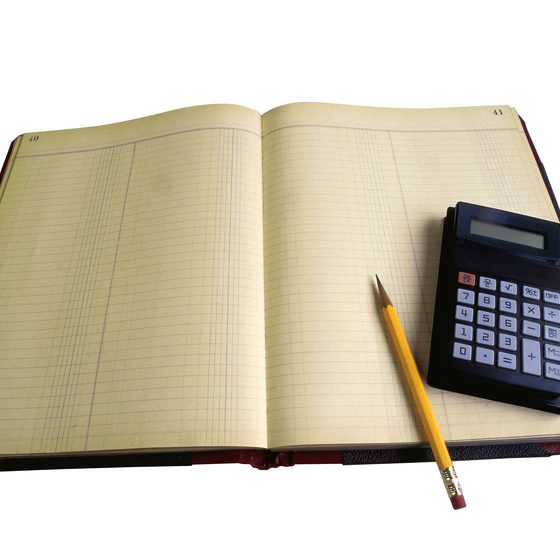Ledger is an account to record, categorize and sort transactions, for maintaining the balance of company’s each asset, liabilities, owners’ equity, revenue, expenses accounts so that balance sheet and income statement can be properly prepared.
The word Ledger means shelf to keep something.
As various kinds of things are kept on the shelf in order similarly every account of the business concern is recorded in the ledger separately or in a classified way.
That is why many people think that ledger is derived from the English word ‘ledge.’ As per the accounting principle, the transactions just after their occurrence are recorded in the primary book of account – journal in chronological order of dates with explanations.
But it is not possible to determine the complete results of transactions from the journal.
That is, it is not possible to know the information like how much profit under what heads have been earned, how much expenses under what head has been incurred, how much assets and liabilities are there in a particular business concern from journals.
To know all this information the transactions of the same nature are to be recorded under different heads or in separate accounts.
That is, all the transactions relating to an individual, organization assets, income, and expenditure are recorded under the same head of accounts-individual, organization, assets, income and expenditure.
For example;
To record all the transactions with HSBC Bank under HSBC Bank Account or transactions regarding salary-under salary account etc.
In this way, if various transactions are recorded in different respective heads of accounts, it becomes possible to determine the complete result of any account at the end of the accounting period.
So, it can be said that the book wherein various entries of the journal are posted in brief permanently according to debit and credit under separate heads of accounts is called ledger.
Some definitions of ledger propounded by some famous writers are stated below;
William Pickles says; “Ledger is the destination of all entries made in the subsidiary book or journals”.
Arthur Field House says; “Ledger is the permanent storehouse of all the transactions”.
The book in which a trader’s transactions are recorded in a classified permanent form is called the Ledger.
From the above discussion, we can say that the book wherein all the transactions of business organizations are recorded in a classified permanent form under different heads of accounts transferring them from the journal is called ledger.
Relationship between Journal and Ledger in Accounting Process

According to principles of double entry accounting, business transactions are first recorded in the journal and thereafter these are transferred to ledger under respective heads of accounts.
But transactions can directly be posted to the ledger without making their entries in the journal and total results of accounts can be determined at the end of the accounting period.
However, It is never wise to maintain ledger by ignoring the journal, because:
- Detail particulars of transactions are available in the journal but not in the ledger.
- Numerous transactions take place every day in a big business organization. As a result, it becomes almost impossible to post these transactions in ledger same day directly. Therefore transactions are recorded primarily in the journal and thereafter it becomes convenient to transfer them in the ledger.
- There remains a possibility of errors in transferring the transactions directly to the ledger.
- Journal is the primary book of account. So, in recording transactions in the journal, if any mistake or error is detected, it can be rectified at the time of transferring them to the ledger.